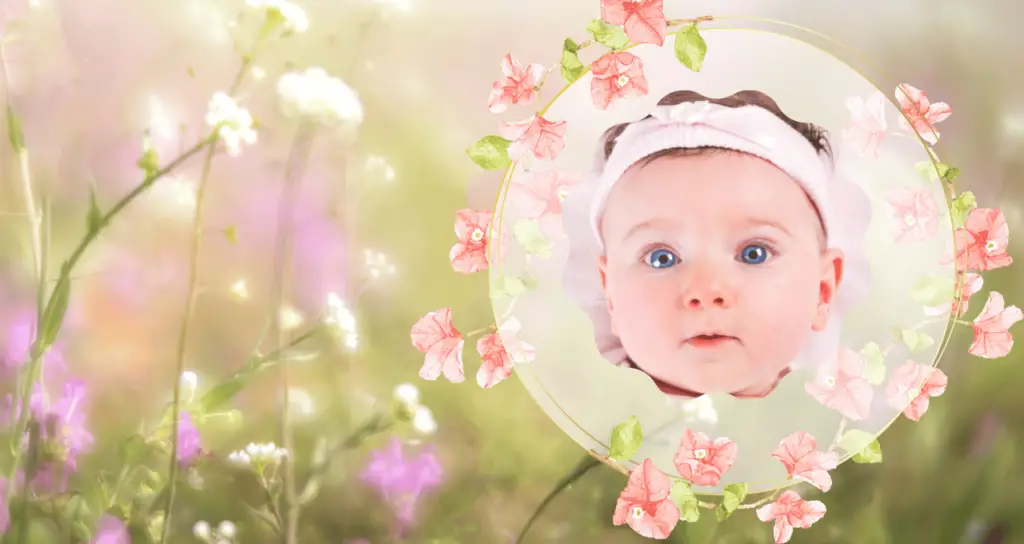Introduction
According to experts, Night terrors, (also known as sleep terrors), and Nightmares in Toddlers are a type of Parasomnia disorder. They are prevalent in children and can include atypical movements, behaviors, emotions, and autonomic activity during transitions between sleep stages, from sleep to wakefulness, or during arousals from sleep. They can also occur during periods in which the child is awakening from sleep.
There are two kinds of Parasomnia disorders that can affect children:
Non-rapid eye movement (NREM) parasomnias include sleepwalking, night terrors, and confusional arousals, which occur most frequently in the first half of the night.
Rapid eye movement (REM) Parasomnias occur later in the night and include experiences such as nightmares.
Night Terrors:
They are more common in young children, particularly toddlers (Ages 3 to 10). Night terrors can be a traumatic experience for both the child and the parent, as the child may cry, scream, thrash, or even run around during the episode. It usually occurs about 2 or 3 hours after a child falls asleep. In this article, we will discuss the causes, symptoms, and treatment options for night terrors in toddlers.
Causes of Night Terrors in Toddlers
Night terrors can be caused by a variety of factors, including sleep deprivation, fever, stress, and certain medications. However, the exact cause of night terrors is not fully understood. Some experts believe those night terrors may be related to a child’s immature sleep pattern, as the child’s brain is not yet fully capable of regulating the sleep-wake cycle.
Symptoms of Night Terrors in Toddlers
Night terrors can be challenging to distinguish from nightmares, as they both involve disturbing dreams. However, there are some key differences between the two.
During a night terror:
- The child may cry, scream, or thrash around in bed.
- The child may also have a racing heart rate and rapid breathing.
- The child may also be inconsolable and unresponsive to attempts to wake them up.
- A child who is experiencing a night terror is not fully awake.
- They may not be able to communicate, recognize their parents, or even open their eyes.
- The episode usually lasts for several minutes, and afterward, the child usually falls back asleep.
- They may not even remember the attack the next morning.
During a nightmare:
- Your child wakes up crying or afraid.
- A Child may have trouble falling back asleep.
- They will not wake up, but they will be uncomfortable while sleeping.
- They remember the dream, and if he/she is verbal, then they want to tell you about it.
- These terrifying episodes usually occur in the second half of the night, when dreams are most likely to occur.
- Your child may remember his bad dream the next day and be troubled by it.

Treatment for Night Terrors in Toddlers
Night terrors can be distressing for both the child and the parent, but they are not harmful to the child and do not require medical treatment. In most cases, the episodes will stop on their own as the child grows older.
However, there are some things that parents can do to help their child during an episode:
-Stay calm: It can be difficult to watch your child experience a night terror, but it is important to stay calm and not try to wake them up. The child will eventually calm down on their own.
-Create a safe sleeping environment: Make sure the child’s sleeping area is safe and free from hazards. This will prevent the child from getting hurt if they thrash around during an episode.
-Reduce stress: Stress can be a trigger for night terrors, so it is important to try to reduce stress in the child’s life.
-Encourage good sleep habits: Good sleep habits, such as maintaining a consistent bedtime routine and creating a dark, quiet sleeping environment, can help prevent night terrors.
-Consult a doctor: If the night terrors are frequent or severe, or if they are accompanied by other symptoms, it may be helpful to consult a doctor.
Conclusion
Night terrors are a type of parasomnia disorder that can affect young children, particularly toddlers. They can be distressing for both the child and the parent, but they are not harmful to the child and do not require medical treatment. Parents can take steps to help their child during an episode, such as staying calm and creating a safe sleeping environment. If the night terrors are frequent or severe, or if they are accompanied by other symptoms, it may be helpful to consult a doctor. With the right care, most children will outgrow night terrors as they get older.


